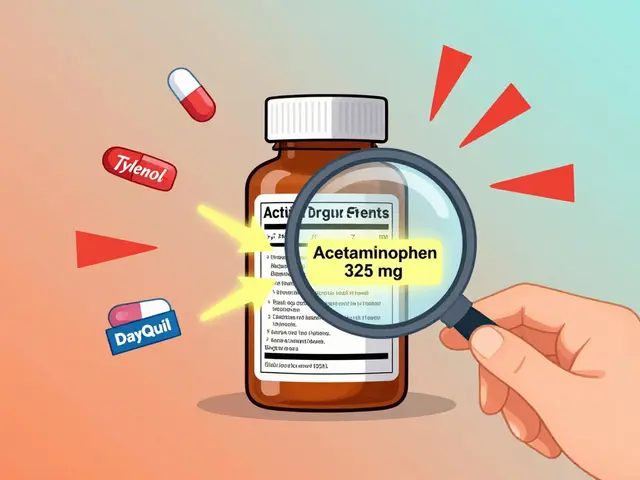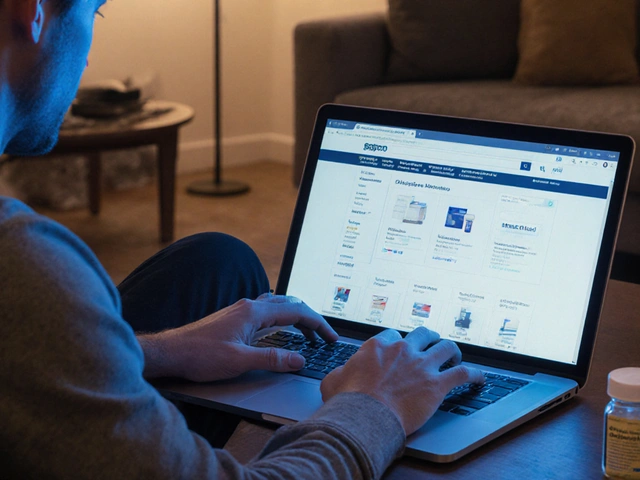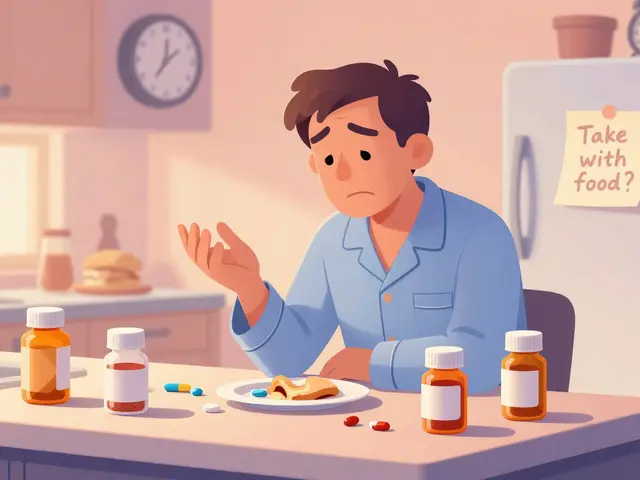How to Read OTC Drug Facts Labels Correctly and Confidently
December 17 2025Treatment Management: Practical Tips for Meds, Scheduling & Safety
Missing doses, wrong storage, or buying from a questionable online pharmacy — these things derail treatment faster than you think. This page gives simple, usable steps to keep your meds effective, avoid common errors, and handle tricky situations like travel or side effects. No jargon, just straight tools you can use today.
Medication routines that actually work
Start with one reliable habit. Use a pill organizer or set a phone alarm tied to a daily routine like brushing your teeth. Refill reminders matter: set them for a week before you run out so you avoid gaps. Keep a single, updated medication list with doses, times, and the reason you take each drug. Share that list with every provider you see.
When new meds are added, ask the prescriber to explain why, how long to take them, and what to watch for. If a regimen feels too complex, ask if fewer daily doses or a generic can work. Never stop or change dose suddenly without a clinician’s okay—some meds need tapering.
Safety checks: buying, storing, and mixing meds
Buying online can save money but requires caution. Check for a real address, licensed pharmacist contact, SSL on the checkout page, and third‑party seals like PharmacyChecker or CIPA where relevant. Be skeptical of huge discounts or sites that skip prescriptions for controlled drugs.
Store medicines as the label says: most room‑temperature meds stay dry and out of sunlight; some require refrigeration. Keep originals with expiration dates. Dispose of expired drugs properly — many pharmacies offer take‑back options.
Before mixing prescriptions with OTCs, supplements, or alcohol, run the list past your pharmacist. Simple interactions — like increased bleeding risk or reduced effectiveness — are common but avoidable.
Track results and labs. Keep a simple journal of symptoms, side effects, and measurements like blood pressure or blood sugar. Bring that to appointments. Use apps to remind you about labs and appointments. If a lab shows worrying changes, call your clinic—early fixes avoid problems.
Travel and special situations deserve planning. Carry meds in your hand luggage with a copy of prescriptions and a short doctor’s note for controlled substances. If you fly long distances, ask about timing doses across time zones and use compression socks and hydration tips if you have clot risk. For biologics or items needing cold storage, get a travel cooler and a provider contact in case delays happen.
When to call your provider: sudden rash or swelling, difficulty breathing, fainting, chest pain, new suicidal thoughts, high fever, or any severe side effect. For less urgent issues like nausea or mild dizziness, message your team — many small changes can fix side effects without stopping treatment.
Start small: pick one habit this week — set a refill alarm, verify one online pharmacy, or make a current meds list. Small steps keep treatment on track and make health care less stressful. Explore related guides on this site for safe buying tips, drug alternatives, and condition‑specific advice.
 18 Mar
18 Mar
Travel and Ribavirin: Tips for Managing Treatment While on the Go
Managing ribavirin treatment while traveling can be a challenge. Having a solid plan not only ensures adherence to your medication schedule but also minimizes stress. From packing tips to keeping track of time zones and dealing with potential side effects, being prepared is key. This article offers practical advice for those juggling ribavirin treatments with a busy travel itinerary.
Read More...




